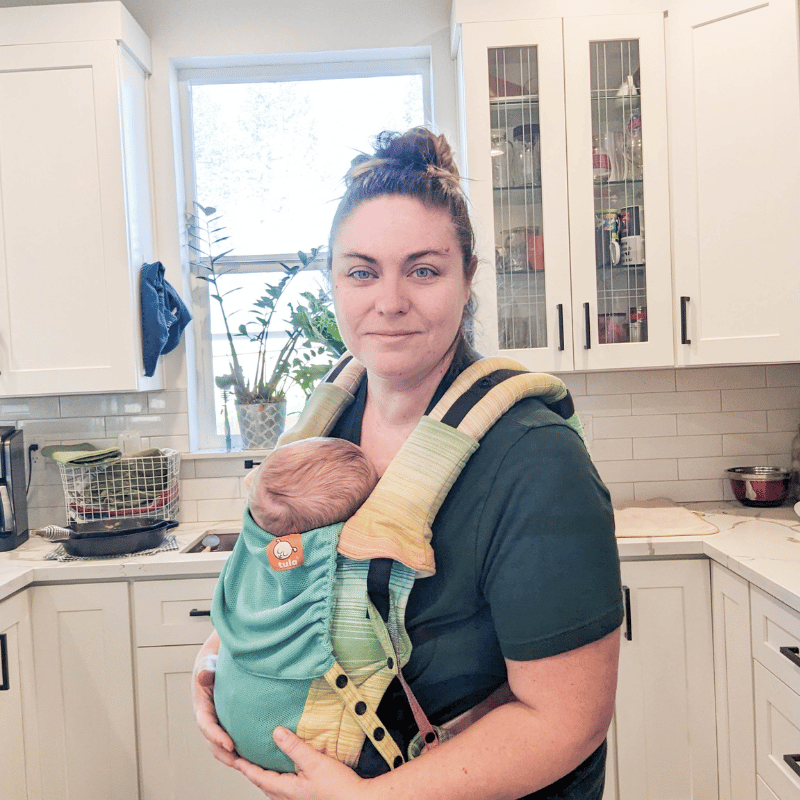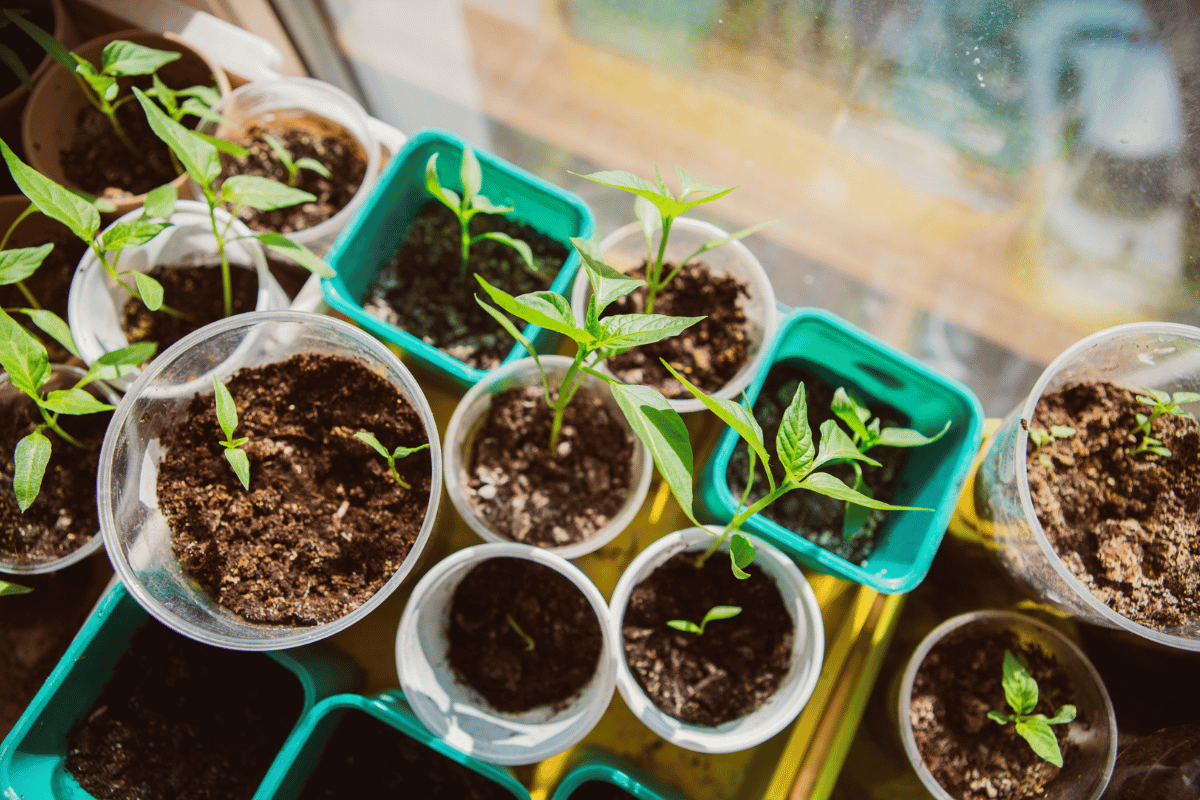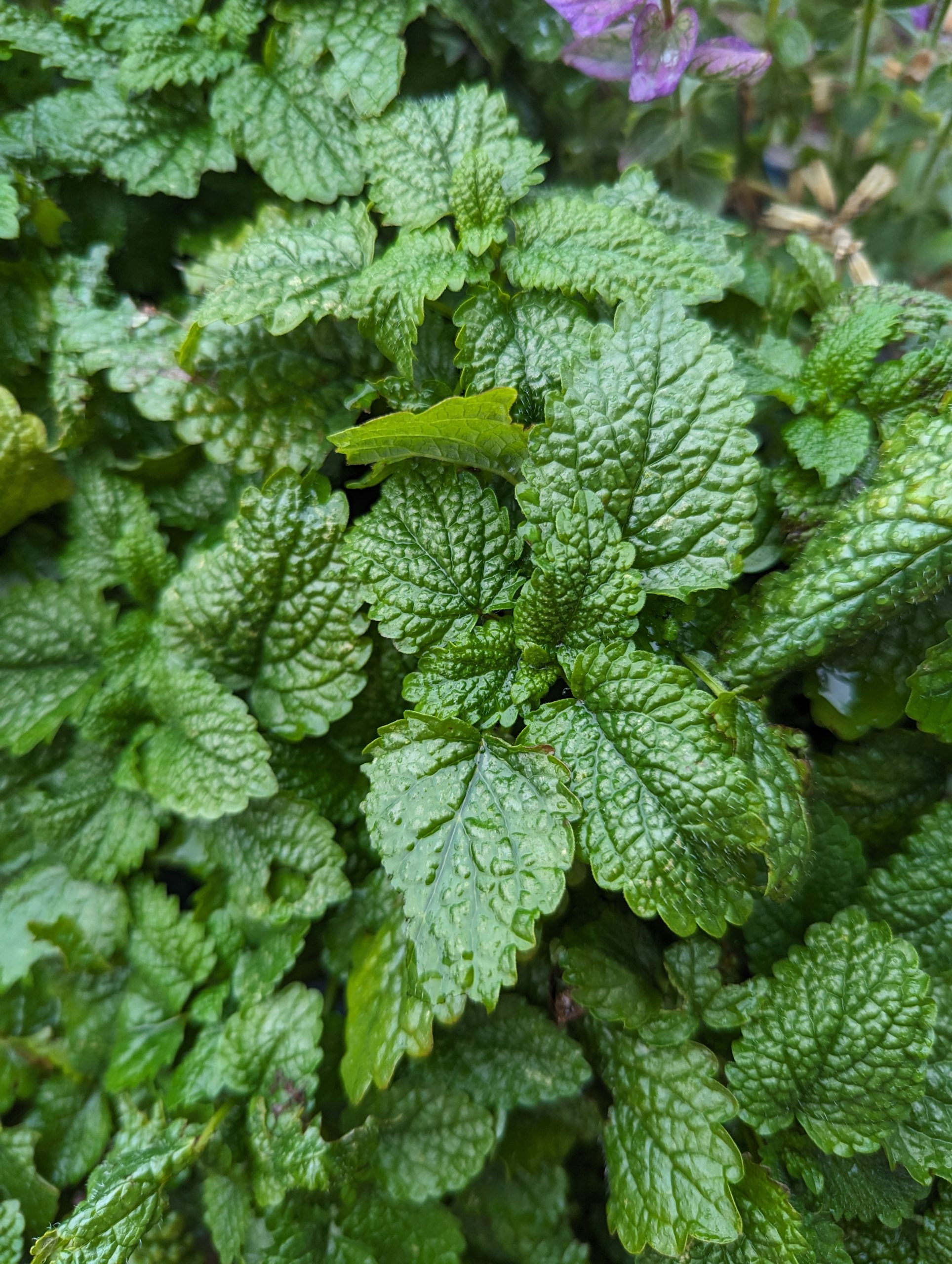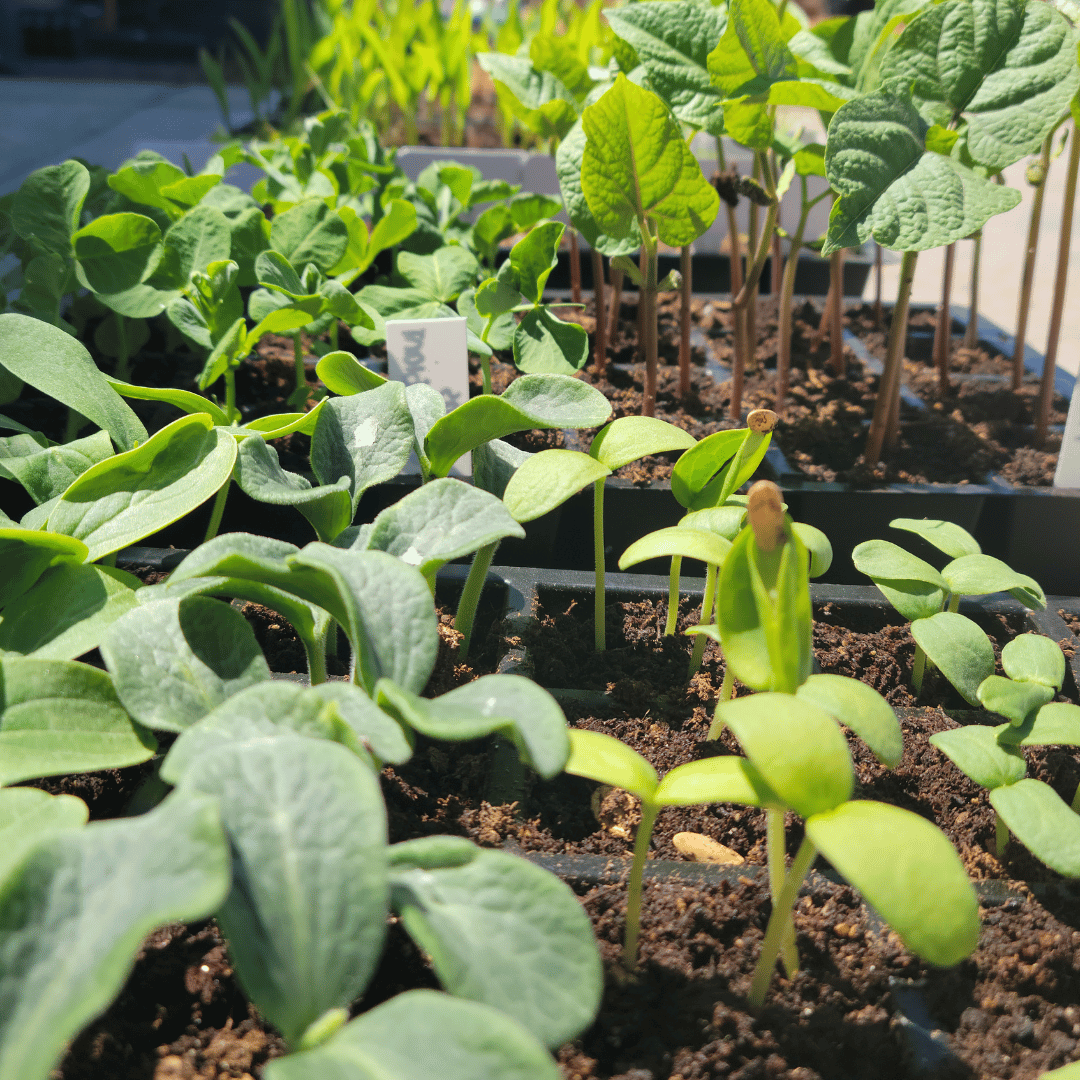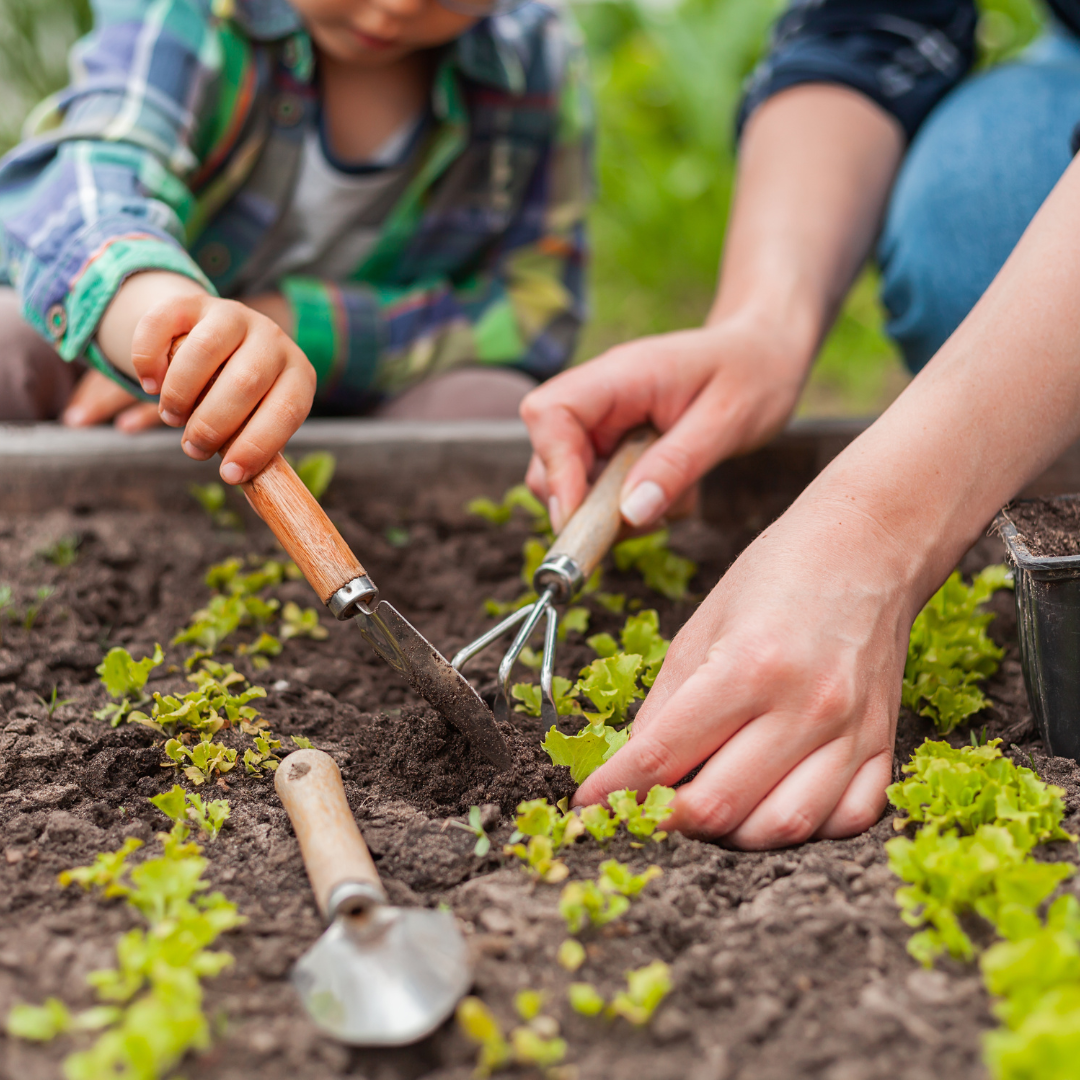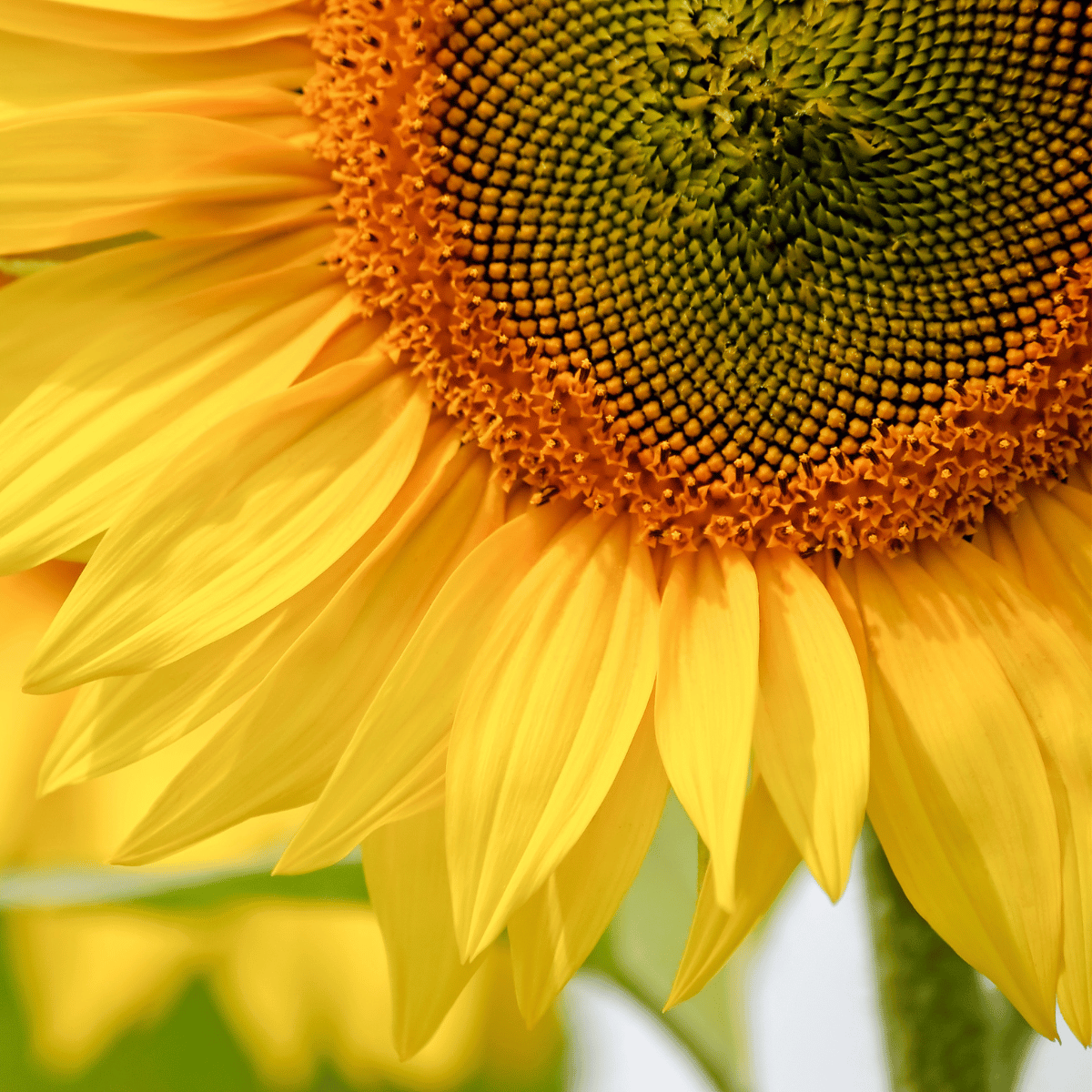How to Guide for Starting Jalapeno Seeds Indoors
Starting Jalapeno Seeds Indoors: A Step-By-Step Guide
Starting jalapeno seeds indoors is a rewarding experience that lets you grow vibrant, spicy peppers from the very beginning. Watching those tiny seeds transform into productive jalapeno plants brings satisfaction, especially for anyone passionate about home gardening. Starting seeds indoors also gives your peppers a strong head start, which is especially helpful in cooler climates or areas with a short growing season.
Timing is key to a successful jalapeno harvest. Begin the process 8-10 weeks before your area’s last frost date. This timing gives the seeds ample time to germinate and develop into sturdy young plants. By planting indoors, you can ensure your jalapenos are ready for outdoor conditions when the warm weather arrives, setting you up for an abundant pepper harvest.
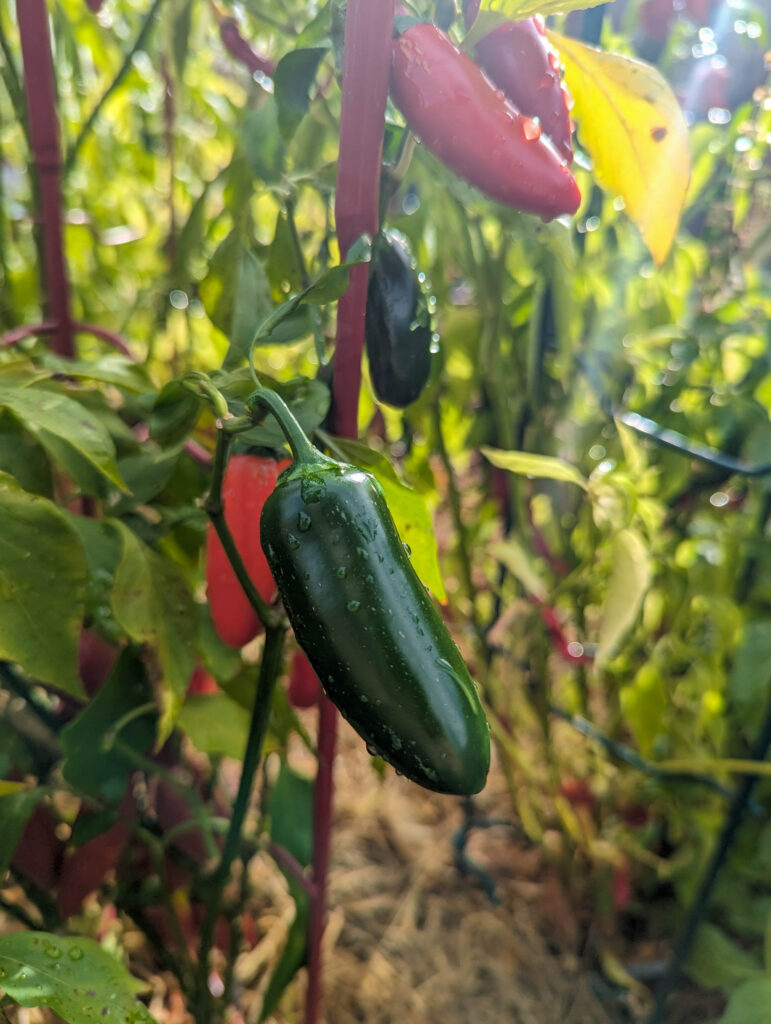
This post contains affiliate links, which means I may earn a small commission if you purchase through these links, at no extra cost to you. I only recommend products that I believe in and have used myself. Your support helps me continue providing helpful content for you! Please see our policy and disclaimers page for more information.
Getting Started with Jalapeño Seed Germination
Growing jalapeno peppers from seed is easier with the right seeds and timing. Here’s how to choose the best varieties for your climate and when to start.
Choosing the Right Seeds
Selecting seeds tailored to your gardening goals and climate can make all the difference for your jalapeno plants. Different jalapeno varieties offer unique flavors, heat levels, and growth habits, making it fun to explore options. Here are a few varieties to consider:
- Early Jalapenos: Perfect for shorter growing seasons or cooler climates, these mature faster, so you can enjoy homegrown jalapeños even in areas with a limited warm-weather window.
- High Heat Varieties: For those who like extra spice, try varieties with a higher Scoville rating, like the “Mucho Nacho” jalapeno. These plants produce peppers with an intense heat level, ideal for those who love a kick.
- Milder Varieties: If you prefer a less intense heat, look for varieties like “Tam” jalapenos, which still provide a classic jalapeno taste without overwhelming spice.
When choosing seeds, think about your area’s climate. Gardeners in cooler climates may benefit from early-maturing or shorter-season varieties, while those in warm climates can grow larger varieties that take longer to mature.
Choosing the Best Place to Buy Jalapeño Seeds
When it comes to sourcing quality jalapeño seeds, choosing the right supplier is crucial for ensuring you get healthy, viable seeds that will produce strong plants and a bountiful harvest. There are several reputable seed companies known for their high-quality seeds, sustainable practices, and great customer service. Here are three of the best places to buy jalapeño seeds:
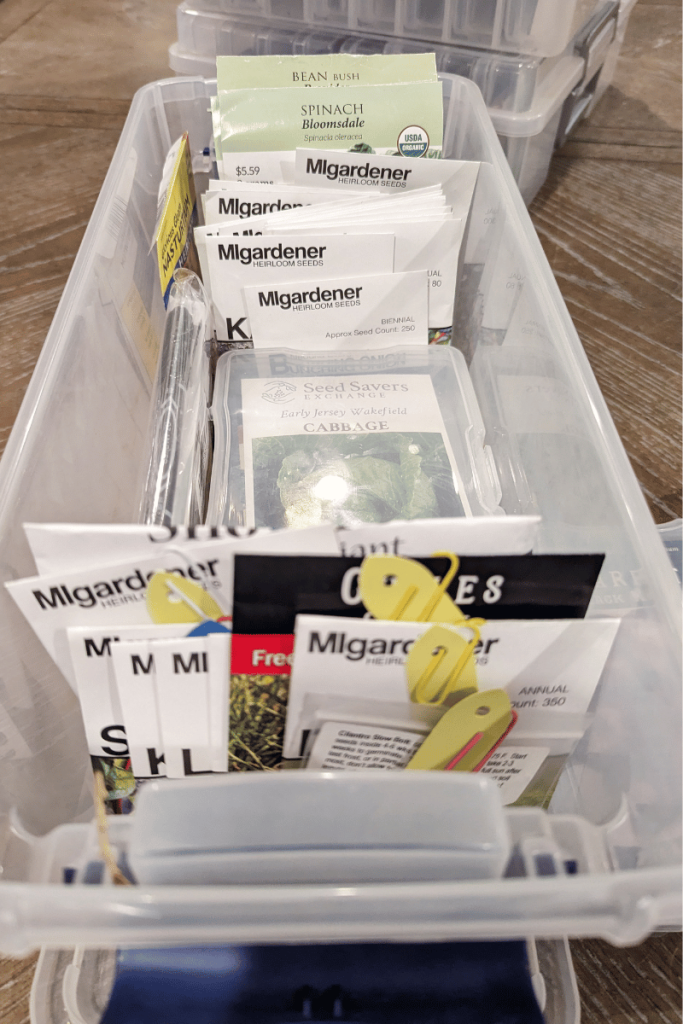
MIgardener
MIgardener offers a wide variety of seeds, including jalapeño and other pepper varieties. Known for their commitment to providing affordable, non-GMO seeds, MIgardener is a great choice for both beginners and experienced gardeners. Their jalapeño seeds are known for their germination rates and healthy plant growth. Plus, they provide detailed growing information to help you succeed with your home garden. They also offer organic options, making them an excellent choice for those who prefer to grow non-GMO and organic produce.
Botanical Interests
Botanical Interests is a well-respected brand in the gardening community. Their jalapeño seeds are carefully selected to ensure high germination rates and strong plants. Botanical Interests also focuses on sustainability, offering a range of heirloom and organic seeds. They are known for their excellent customer service and informative seed packets, which provide helpful growing tips and care instructions. If you’re looking for a variety of pepper seeds or want to explore other types of hot peppers like serrano peppers, Botanical Interests is a solid choice.
Baker Creek Heirloom Seeds
Baker Creek is renowned for its extensive collection of heirloom seeds, and their jalapeño seeds are no exception. With a focus on preserving rare and heirloom plant varieties, Baker Creek offers unique and flavorful jalapeño varieties that are perfect for gardeners looking to experiment with different types of peppers. Their jalapeños come from carefully sourced, non-GMO seeds, and they are committed to providing high-quality seeds for gardeners of all levels. If you’re interested in growing homegrown jalapeños with a bit of variety, Baker Creek is an excellent option.
Why Choose These Seed Suppliers?
Each of these companies offers a wide selection of seeds, including jalapeño peppers and other popular varieties like bell peppers and serrano peppers. They focus on offering non-GMO, organic seeds, which are ideal for healthy, chemical-free gardening. Their customer service is top-notch, and their seed packets provide clear, helpful guidance, so you can feel confident in your purchase.
Whether you’re a beginner or a seasoned gardener, buying your jalapeño seeds from one of these trusted suppliers will give you the best chance of growing strong, healthy plants that thrive in your garden or indoor setup.
I am not affiliated with any of these seed companies at the time of writing this blog. I’m recommending them from my personal use and success.
Best Time to Start Jalapeno Seeds Indoors
Timing is essential for a successful jalapeno pepper harvest. The best way to calculate your start date is by working back from your area’s last frost date.
- Calculate Your Start Date: Start your seeds indoors 8-10 weeks before the last frost date. This timing gives seedlings a good head start, allowing them to establish roots indoors before transitioning to outdoor conditions.
- Warmth for Germination: Jalapeños belong to the nightshade family and need warm soil to thrive. They perform best in consistently warm temperatures of around 70-80°F, which can be maintained with a heat mat if needed.
Starting your jalapeño seeds at the right time and in the right conditions sets you up for a bountiful, spicy harvest, perfect for warm-weather dishes all summer long.
Preparing the Seed-Starting Setup
To give your jalapeno seeds the best start indoors, it’s essential to set up a nurturing environment with the right containers, soil, and temperature control. These details create ideal conditions for germination and healthy growth.
Selecting Seed Trays and Containers
Choosing the proper trays or pots for jalapeno seeds ensures the young plants develop strong roots. There are several options, from traditional seed trays to small pots, each with its benefits for starting peppers indoors.
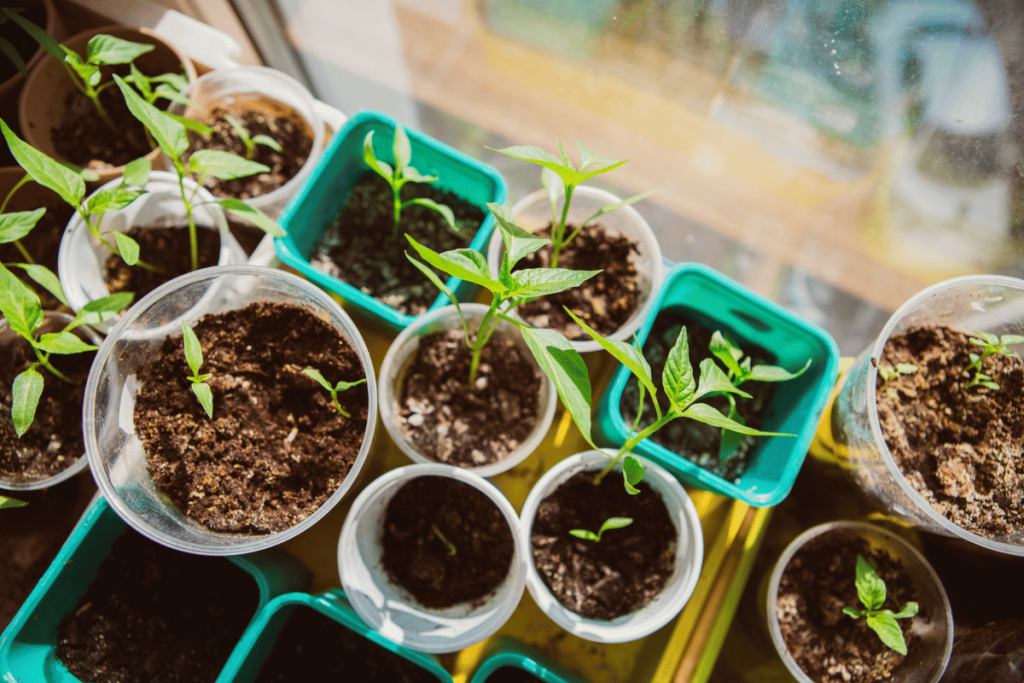
Using containers with drainage holes is critical for preventing root rot, a common issue that arises when excess water remains in the soil. Proper drainage keeps the soil balanced and reduces the risk of fungal growth, giving your jalapeño seedlings a healthy start.
Choosing a Seed-Starting Mix
A high-quality seed-starting mix is key to supporting the germination and growth of jalapeno seedlings. Look for a well-draining soil mix specifically designed for seed starting, as it holds the right amount of moisture without waterlogging the seeds.
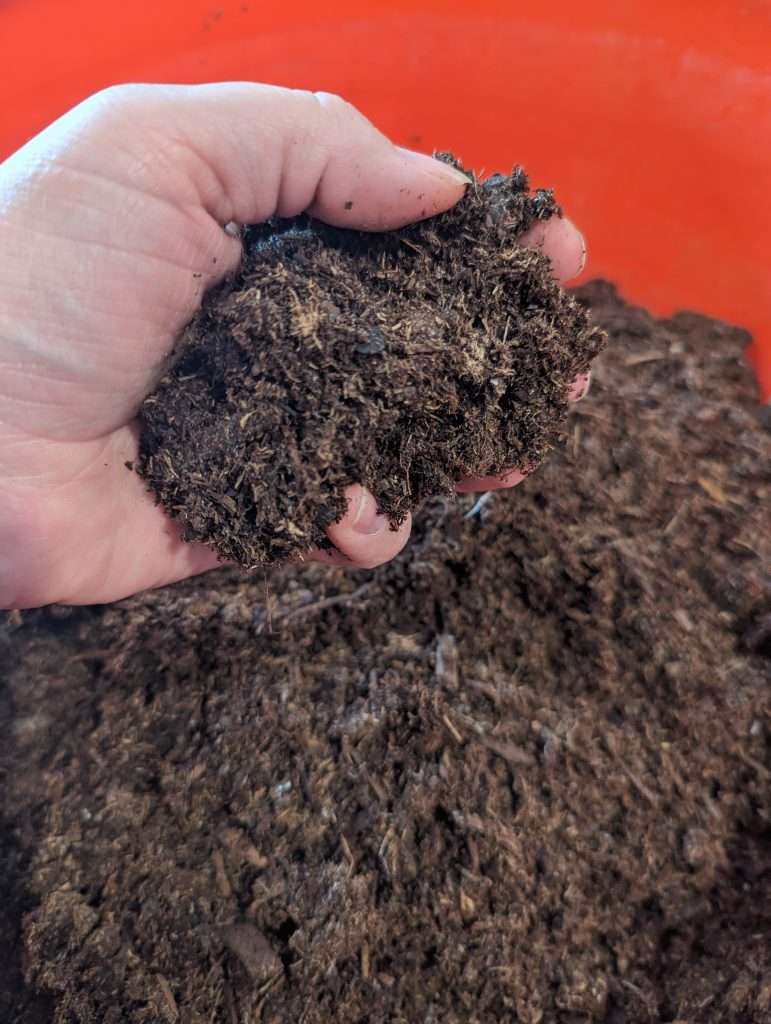
For an added boost, mix in a bit of organic matter to nourish the growing seedlings. Organic nutrients enhance the soil’s quality, leading to stronger, healthier plants that will thrive once transplanted outdoors.
Creating Ideal Germination Conditions
Jalapeños require consistent warmth and moisture to germinate successfully. Start by ensuring that the soil temperature is between 70-80°F, as warm soil speeds up the germination process. If your indoor area is cool, consider using a heat mat to maintain this ideal temperature for the seeds.
In addition to warmth, maintaining consistent moisture in the soil is essential. Keep the soil damp but not waterlogged by misting it lightly when needed. Covering the trays with a clear plastic lid or wrap can help retain moisture and warmth, creating a mini-greenhouse effect that’s perfect for seed germination.
Recommended Materials for Starting Jalapeno Seeds Indoors
To ensure successful germination and early growth of jalapeno peppers, you’ll need a few essential items. Here’s a list of recommended materials to make your seed-starting setup both effective and efficient. These items are perfect for linking to affiliate sources if you’re looking to share with your readers:
- Seed Trays or Small Pots with Drainage Holes
Choose trays or pots with drainage to prevent root rot. Look for trays with individual cells for easy transplanting later. - High-Quality Seed-Starting Mix
A well-draining, lightweight mix designed for seed starting is ideal. Look for organic options that support healthy root growth. - Heat Mat for Seed Germination
Heat mats are excellent for maintaining warm soil temperatures (70-80°F), which is essential for pepper seeds to sprout. - Humidity Dome or Clear Plastic Cover
A clear cover for your seed tray will help retain moisture and warmth, speeding up germination by creating a greenhouse effect. - Spray Bottle for Watering
Mist the soil gently with a spray bottle to keep moisture levels consistent without over-watering. - Grow Light or LED Light Setup
Jalapeño seedlings need plenty of light once they sprout. A grow light will ensure they get the intense light needed indoors for strong growth. - Organic Matter or Plant Food
To boost nutrient levels, consider adding a touch of organic matter, like compost or light organic plant food, as the plants grow.
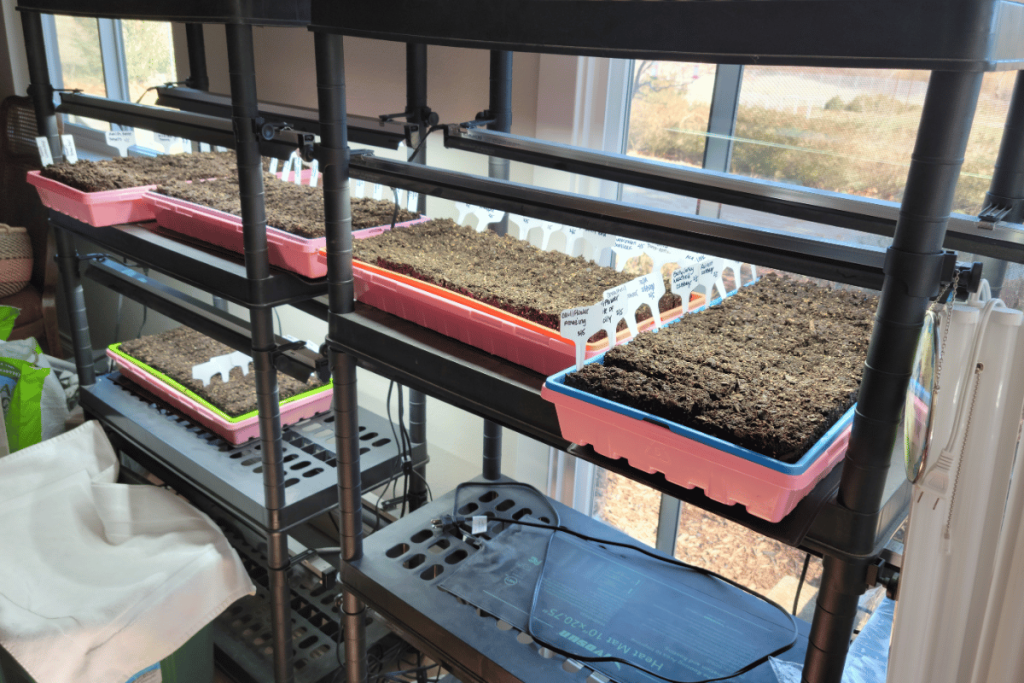
These materials set your seedlings up for success, making it easy to maintain the right environment for a bountiful harvest of homegrown jalapenos!
Caring for Jalapeno Seedlings
Once your jalapeno seeds have sprouted, proper care is essential for strong, healthy growth. Ensuring the right amount of light, water, and warmth will set the stage for a productive harvest when the plants are moved outdoors.
Light Requirements for Strong Seedlings
Jalapeno seedlings need ample light to grow into healthy, robust plants. If possible, place your seedlings in a bright, sunny window where they can receive direct sunlight. However, if natural light is limited, using a grow light is a great option. Position the grow light 2-4 inches above the seedlings, adjusting as they grow to ensure consistent light exposure. Ideally, seedlings should receive around 14-16 hours of light per day to prevent them from becoming leggy or weak.
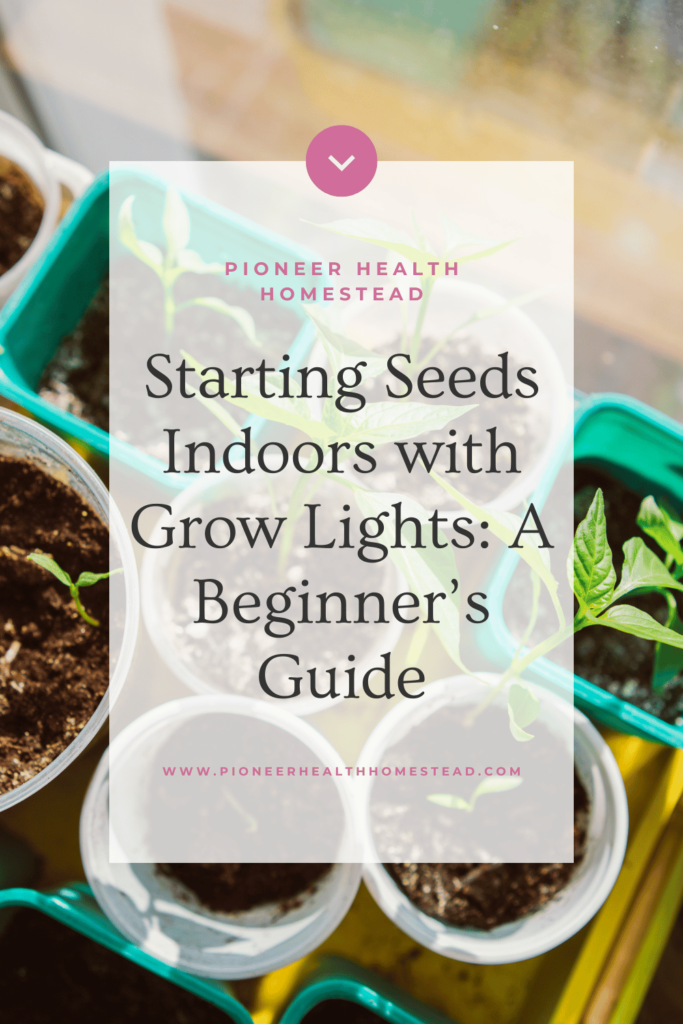
Watering Needs for Healthy Growth
Keeping the soil consistently moist is crucial, but avoid overwatering. The goal is to keep the soil damp—not soaked—to prevent root issues and create the right balance for growth. When watering, focus on the base of the plant, as this minimizes the chance of fungal growth on the leaves and helps the roots absorb moisture directly. A gentle watering at the soil line or a light misting can keep moisture levels steady without overwhelming the seedlings.
Temperature Control and Warmth
Jalapeno plants thrive in warm conditions, making temperature control important in the early stages of growth. Aim to keep your seedlings at a warm, stable temperature during the day, around 70-75°F, avoiding exposure to extreme temperatures. This warm environment encourages steady, healthy growth.
As you prepare for eventual transplanting, keep nighttime temperatures in mind. Jalapeños, like other members of the nightshade family, prefer to be moved outdoors only after nighttime temperatures remain consistently above 55°F. This careful control of warmth from the seedling stage onward will lead to stronger, healthier plants that thrive outdoors.
Transitioning from Seedling to Mature Jalapeño Plant
Once your jalapeño seedlings have grown a few sets of true leaves, they’re ready to move toward maturity. This stage includes transplanting, preparing for outdoor conditions, and selecting the ideal planting location for a successful garden season.
Transplanting Seedlings to Larger Containers
As your seedlings grow, their root systems need more space. When your jalapeno plants develop a few sets of true leaves, it’s time to move them to larger containers. Choose pots with drainage holes to prevent root rot, and fill them with a well-draining potting mix enriched with organic matter.
At this stage, young plants benefit from a balanced fertilizer with a higher nitrogen content, which supports strong leaf growth essential for early development. Follow the fertilizer’s instructions to avoid overfeeding, and provide consistent moisture to help roots establish in their new environment.
Preparing for Outdoor Conditions: Hardening Off
Before permanently transplanting your jalapeno pepper plants outdoors, it’s important to harden off the seedlings. This gradual process involves slowly exposing them to outdoor conditions, helping them adapt to sunlight, wind, and fluctuating temperatures.
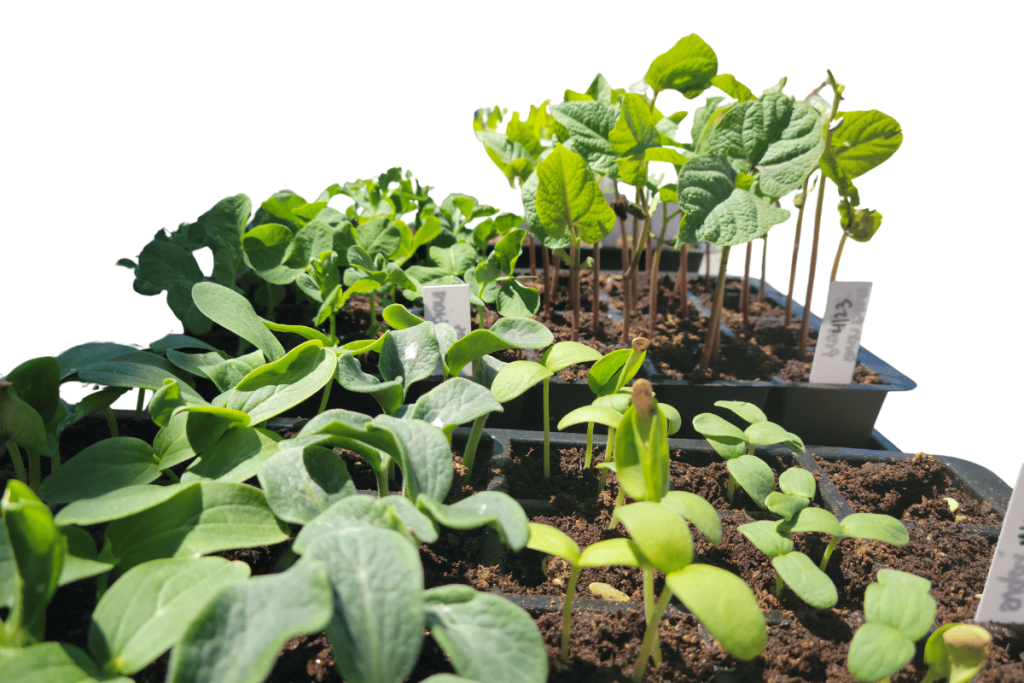
Start by placing the plants outside in a shaded, sheltered spot for a few hours a day, increasing their outdoor time and exposure to direct sunlight over 7-10 days. This step reduces transplant shock and strengthens the plants for outdoor life. Ensure the nighttime temperatures remain above 55°F before transplanting permanently, as jalapenos thrive in warm weather.
Choosing the Right Planting Area
Selecting an ideal spot in your garden is crucial for a bountiful harvest of homegrown jalapenos. Full sun is a must—choose an area that receives 6-8 hours of sunlight daily, as sunlight is essential for vigorous growth and fruit production.
Good drainage is also key. Jalapeños do well in well-draining soil that prevents water from pooling around the roots. If you’re planting other hot peppers or bell peppers nearby, ensure there’s enough space between plants to allow for airflow and reduce the risk of disease. With a well-prepared garden space, your plants will be ready to thrive and produce throughout the season.
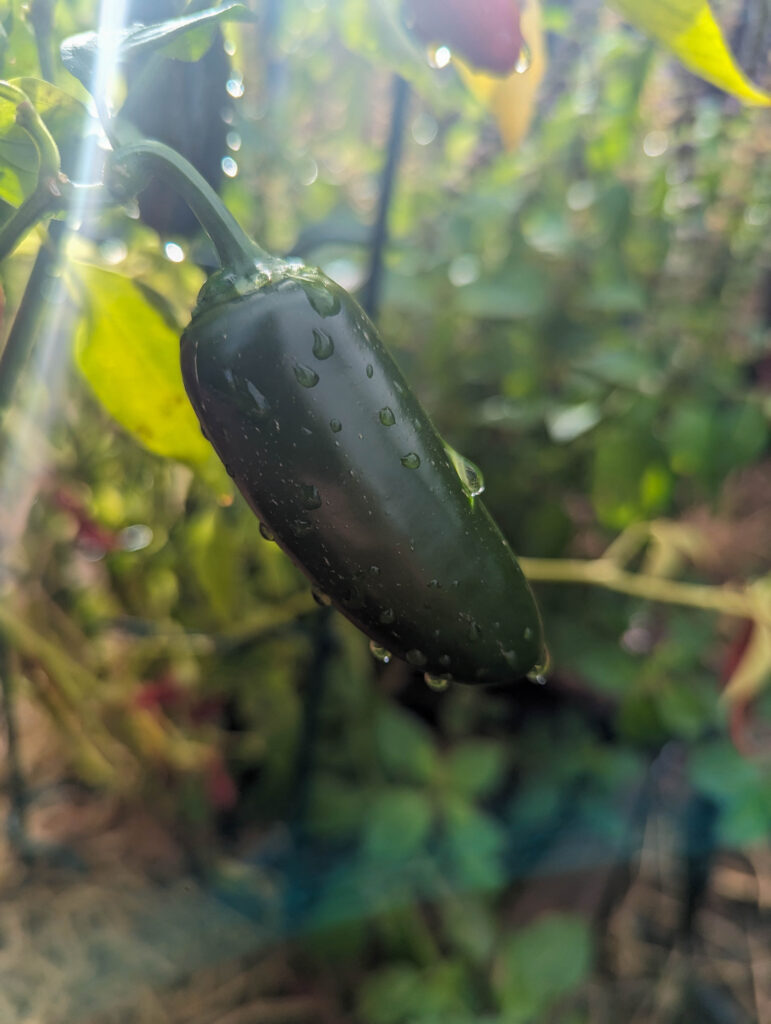
Common Challenges and Solutions for Growing Jalapenos
Growing jalapeno peppers at home can be a rewarding experience, but like all plants, they come with some challenges. Understanding how to manage pests, maintain soil conditions, and handle temperature shifts will help keep your plants healthy and productive.
Managing Pests and Diseases
One of the most common pests for jalapeno plants is spider mites, which can damage leaves and weaken the plant. To manage them, use an insecticidal soap, spraying it directly on the leaves where spider mites are spotted. Repeat as needed to keep these pests under control. Additionally, maintain plant health by feeding with a balanced organic fertilizer. Healthy plants are better able to withstand pest pressures and produce abundant fruit.
Maintaining Soil Moisture and Drainage
Jalapeno peppers need consistent moisture, but overwatering can lead to root problems. Keep the soil moist but not waterlogged, and water at the base of the plant to avoid wetting the foliage. Choose pots or garden areas with good drainage and use a well-draining soil mix to ensure excess water flows away easily. Remember, peppers are sensitive to cold soil and don’t thrive in overly wet conditions, so drainage is crucial.
Dealing with Temperature Swings
Temperature changes can affect your jalapeños, especially in regions with unpredictable weather. Protect your plants from cold weather by covering them at night if temperatures drop suddenly, or consider bringing potted plants indoors temporarily. In hot summers, ensure they’re watered well and provide some shade during extreme heat if possible. Managing temperature will support steady growth and lead to a successful harvest season.
By being proactive with pest control, soil management, and temperature considerations, you’ll be better prepared to handle the typical challenges that arise in growing jalapenos. With these practices, your plants will stay healthy, productive, and ready for harvest!
Encouraging Fruit Production for a Bountiful Harvest
Achieving a bountiful harvest of jalapeno peppers requires the right care and attention. By focusing on fertilization, managing the heat level, and knowing the best time to harvest, you’ll enjoy a plentiful supply of fresh, spicy peppers throughout the growing season.
Fertilizing Tips for Healthy Fruit Production
To encourage strong fruit production, begin by fertilizing your jalapeno pepper plants with a balanced organic fertilizer that supports overall growth. In the early stages, you can use a fertilizer higher in nitrogen to help the plant develop lush, healthy leaves. Once your plants have matured and are starting to set buds, switch to a fertilizer higher in phosphorus and potassium to promote fruit development.
Be sure to follow the fertilizer instructions, as overfeeding can cause issues like leggy plants or excessive leaf growth at the expense of fruit. Regular, balanced feeding will ensure your plants have the nutrients needed to thrive and produce bountiful peppers.
Managing the Heat Level of Jalapenos
The heat level of jalapeno peppers can vary significantly depending on several factors, including soil, weather, and watering practices. In general, jalapeños are known for moderate heat, but variations in growing conditions can lead to hotter or milder peppers.
Soil quality, particularly its pH and nutrient levels, plays a role in the spiciness of the peppers. Hotter weather and less frequent watering can also increase heat. If you prefer milder peppers, consider maintaining consistent moisture in the soil and providing shade during the hottest parts of the day. For the truly brave, you can encourage spicier peppers by letting the plants experience more extreme heat conditions.
To measure the heat level of your peppers, look to the Scoville scale, which rates peppers based on their capsaicin content. Jalapenos typically fall between 3,500 and 8,000 Scoville Heat Units (SHU), but growing conditions can cause variations.
Harvesting and Storing Jalapenos
Knowing when to harvest is key to getting the best flavor from your homegrown jalapenos. For the most flavorful peppers, harvest them when they are firm and fully colored—usually a deep green, but they can also ripen to a red color if left on the plant longer. If you prefer spicier peppers, let them stay on the plant until they turn red.
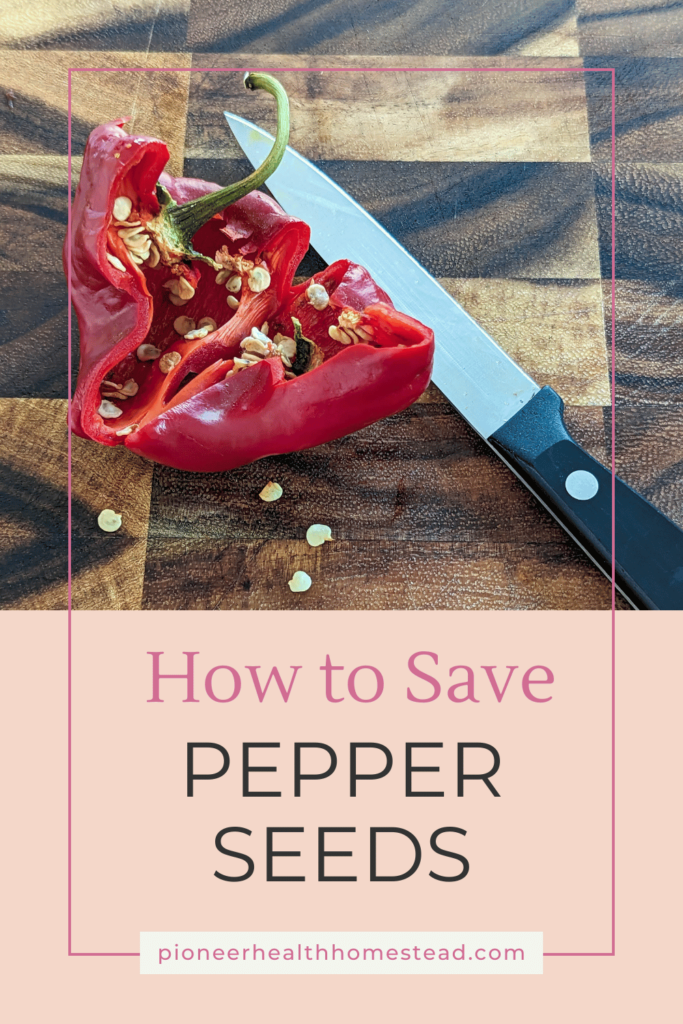
To harvest, simply use a pair of scissors or garden shears to cut the peppers from the plant, leaving a small piece of the stem attached to avoid damaging the plant.
Once harvested, store jalapenos by placing them in the fridge, where they will stay fresh for up to two weeks. For longer-term storage, you can freeze jalapeños by first slicing them and placing them on a baking sheet to freeze individually before transferring to a freezer bag. You can also dry jalapenos by hanging them in a cool, dry place or using a dehydrator for a smoky, concentrated flavor.
By following these guidelines for fertilizing, managing heat levels, and harvesting, you’ll be well on your way to enjoying a successful harvest of jalapeno peppers that you can savor throughout the season.
Overview
Growing jalapenos indoors is a rewarding experience, offering fresh, homegrown peppers even if you’re in a cooler climate. By starting your seeds indoors and providing the proper care, you can enjoy a successful harvest no matter where you live. Whether you’re in a warm climate with plenty of sunlight or a cooler region, jalapeno plants can thrive indoors with the right setup.
As you grow your jalapenos, consider adding other pepper varieties like serrano peppers to your garden for even more flavor and diversity. Peppers are such a fun and versatile crop, and growing different varieties will expand your garden’s potential.
There’s immense satisfaction in harvesting your own peppers, especially knowing they’ll add a unique, fresh flavor to your favorite dishes. Whether you’re making spicy salsas, adding heat to your meals, or experimenting with new recipes, your homegrown jalapenos will bring joy and flavor into your kitchen.
Save for Later!
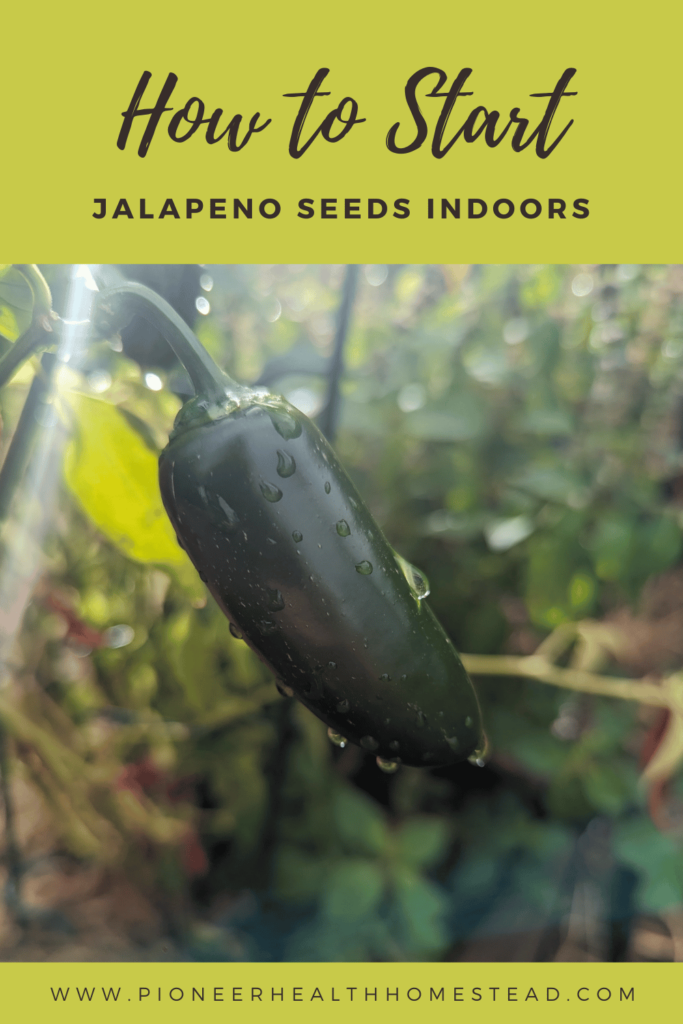
FAQ Section
Can I grow jalapenos indoors year-round?
Yes, you can grow jalapenos indoors year-round, as long as you provide them with the proper light, warmth, and care. Using grow lights and ensuring the plants are kept in a warm environment will help them thrive even during colder months.
What’s the best way to keep jalapenos healthy as they mature?
To keep jalapenos healthy, maintain consistent watering, provide adequate sunlight (either natural or from grow lights), and ensure the plants are in well-draining soil. Fertilize with a balanced organic fertilizer, and be mindful of pests and diseases. Regular pruning can also help keep your plant strong.
How do I know when my jalapenos are ready to harvest?
Your jalapenos are ready to harvest when they are firm and fully colored. Typically, they are green when harvested young, but they can turn red as they ripen, increasing in heat. Harvest jalapenos when they are the desired size and color, cutting them from the plant with a pair of scissors or shears.
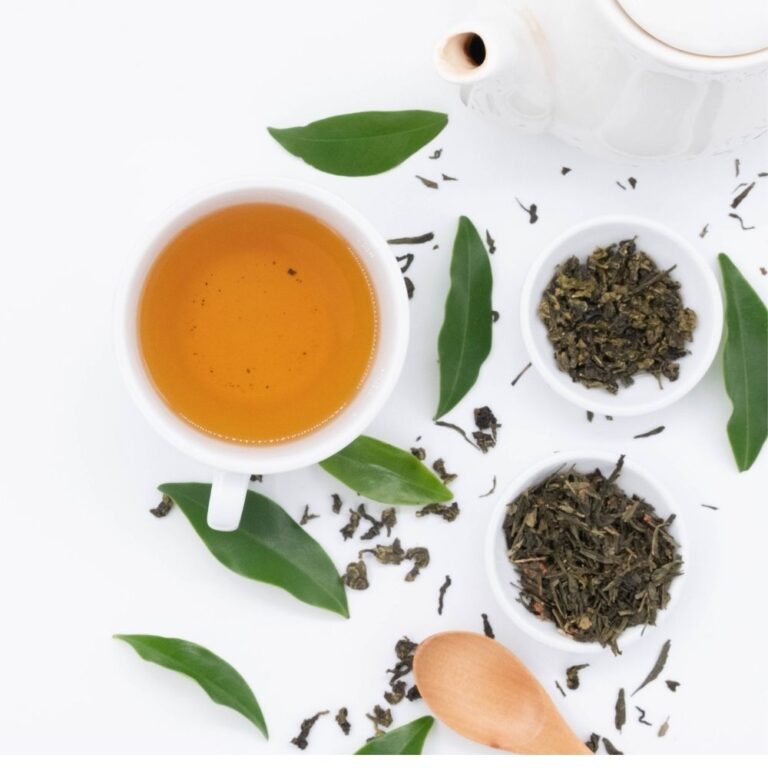
Green Tea Vs Herbal Tea: The Best Complete Tea Guide
Sharing is caring! Facebook Pinterest X Green Tea Vs Herbal Tea: The Best Complete Tea Guide Understanding the Differences Green tea vs herbal tea is a popular debate among tea lovers worldwide. Both offer unique flavors, health benefits, and caffeine content. Tea has a rich history and is enjoyed in many cultures. From Chinese green…
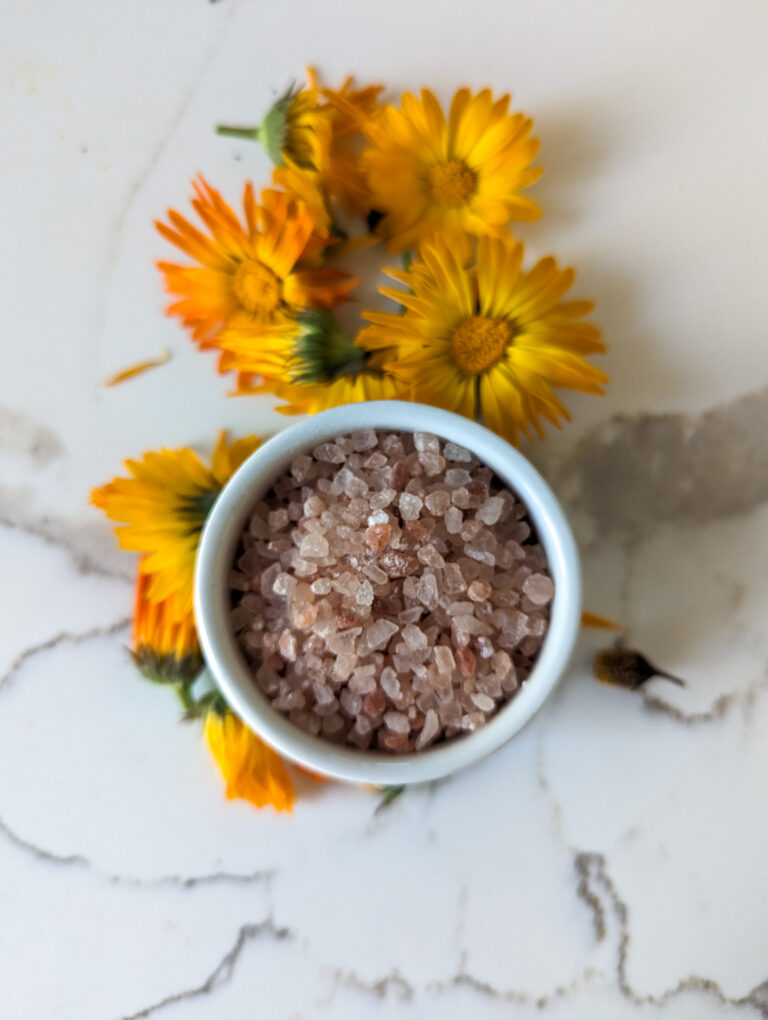
How to Make Bath Salts Without Epsom Salt: Free Recipe
How to Make Bath Salts Without Epsom Salt: Free Recipe How to Make Bath Salts Without Epsom Salt Homemade bath salts without Epsom salt are a great way to enjoy a luxurious soak. You can use natural ingredients like coarse sea salt, baking soda, and pink Himalayan salt for a soothing experience. A relaxing bath…
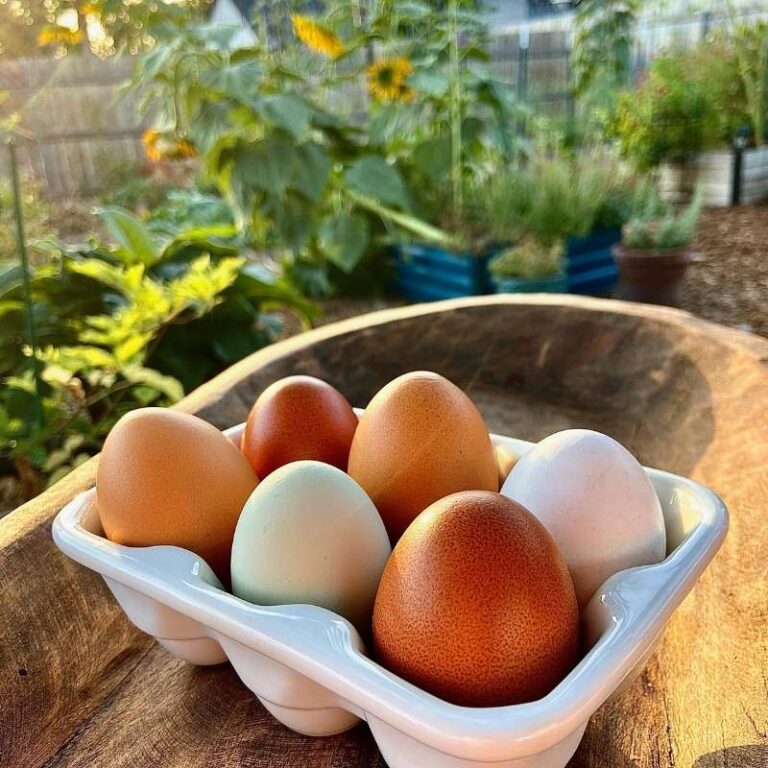
Homesteading in California: How to Start at Any Stage
Homesteading in California: How to Start at Any Stage How Homesteading in California is Possible Homesteading in California is a journey that looks different for everyone, depending on where you live in this vast and diverse state. From the deserts dotted with Joshua trees in the south, to the rugged mountain ranges in the north,…
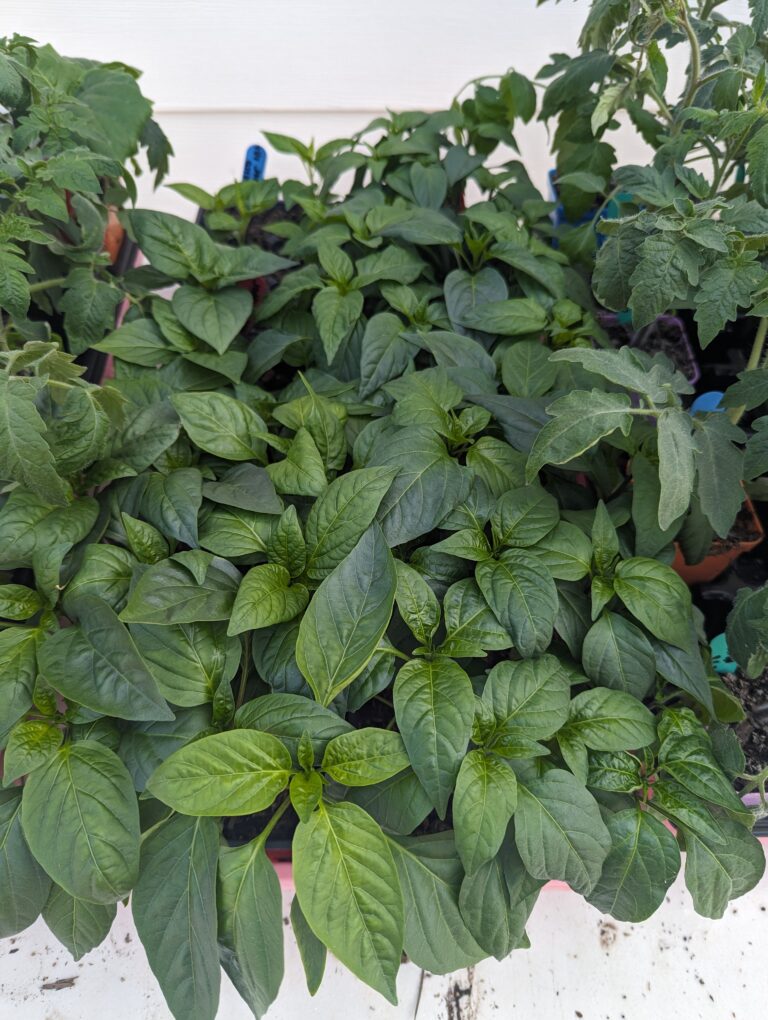
How to Make Peppers Grow Faster: Guide and Easy Tips
How to Make Peppers Grow Faster: Guide and Easy Tips How to make peppers grow faster is a common question among home gardeners seeking to maximize their growing season. Whether you’re nurturing sweet peppers, green peppers, or hot pepper plants, creating ideal conditions is essential for pepper success. The best way to achieve healthy pepper plants…
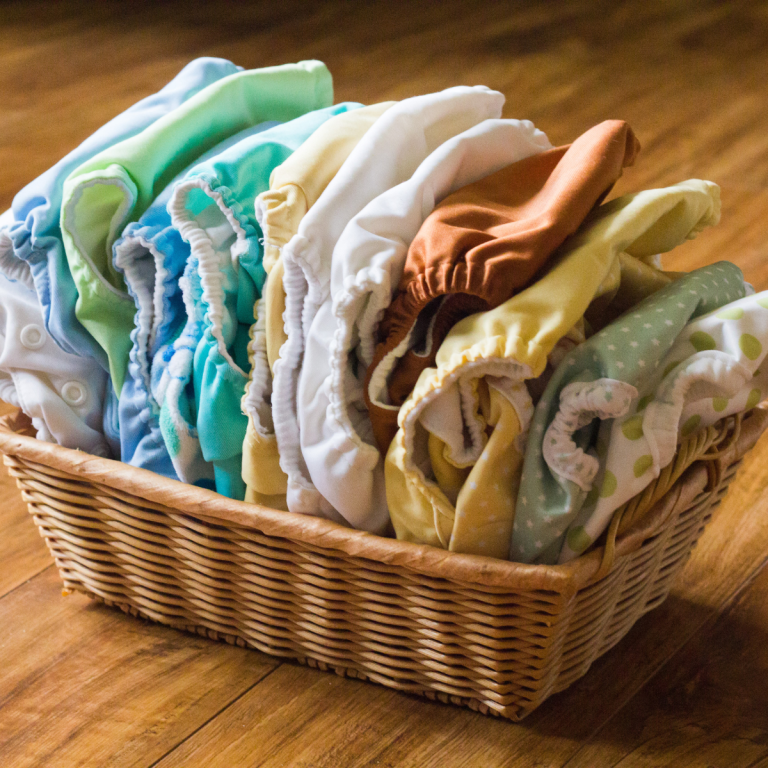
The Different Types of Cloth Diapers: Ultimate Guide
The Different Types of Cloth Diapers: Ultimate Guide The different types of cloth diapers offer a sustainable and eco-friendly alternative to disposable diapers for your baby. As a mom of five and a Registered Nurse, I’ve seen the many benefits of reusable cloth diapers firsthand. This guide will help you understand the major types of…
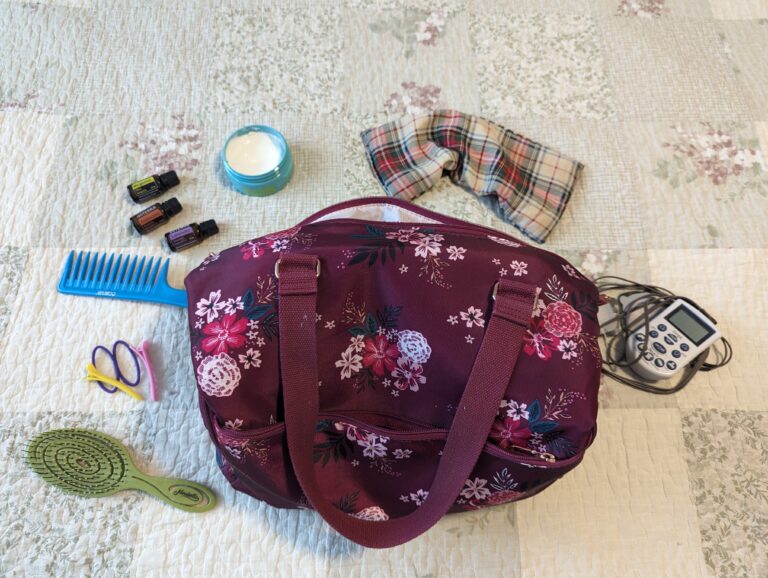
The Best Doula Bag Essentials Kit for Birth and Postpartum
The Best Doula Bag Essentials Kit for Birth and Postpartum The Best Doula Bag Essentials Kit for Birth and Postpartum A well-stocked doula bag is essential for supporting women during birth and postpartum. As a Registered Nurse, mother of five, and former Navy Hospital Corpsman, I’ve experienced the birthing world from many angles. I’ve worked…

